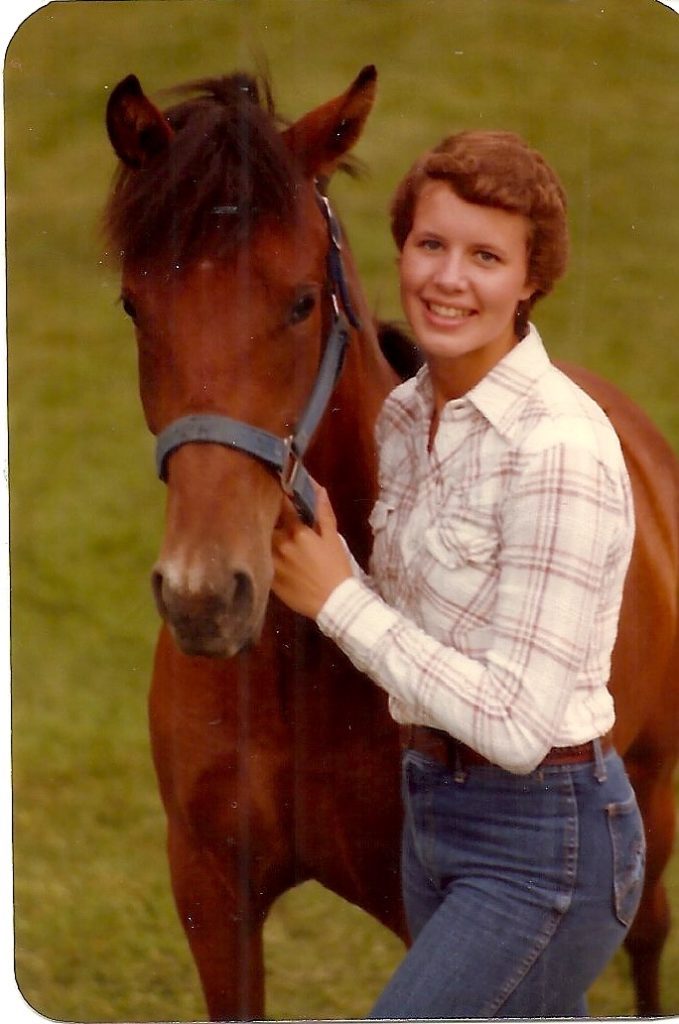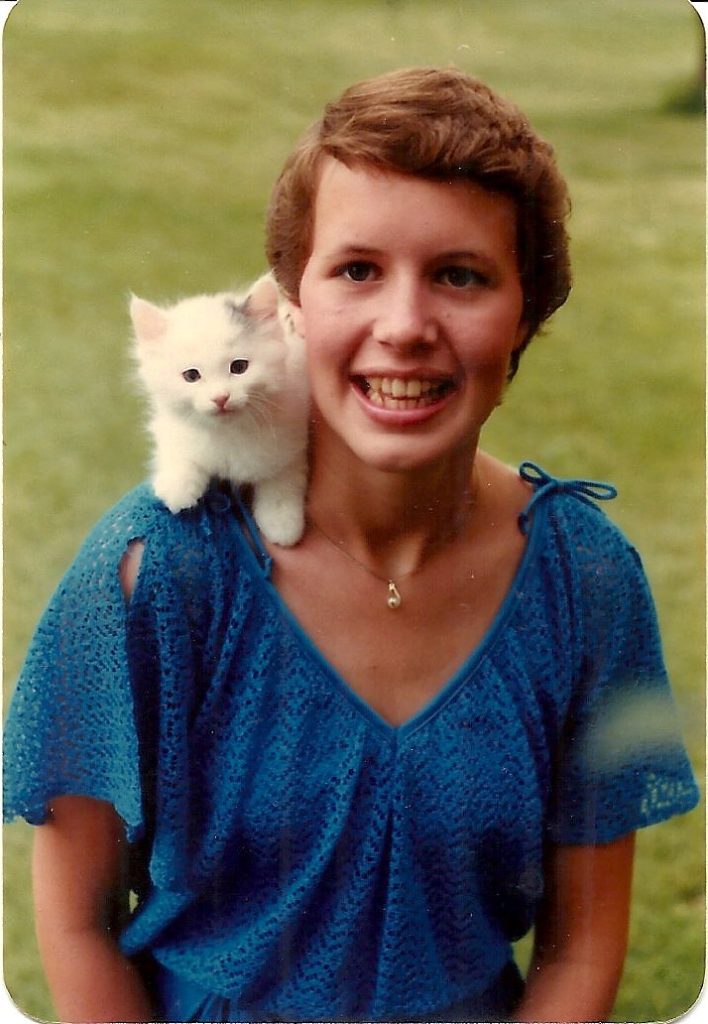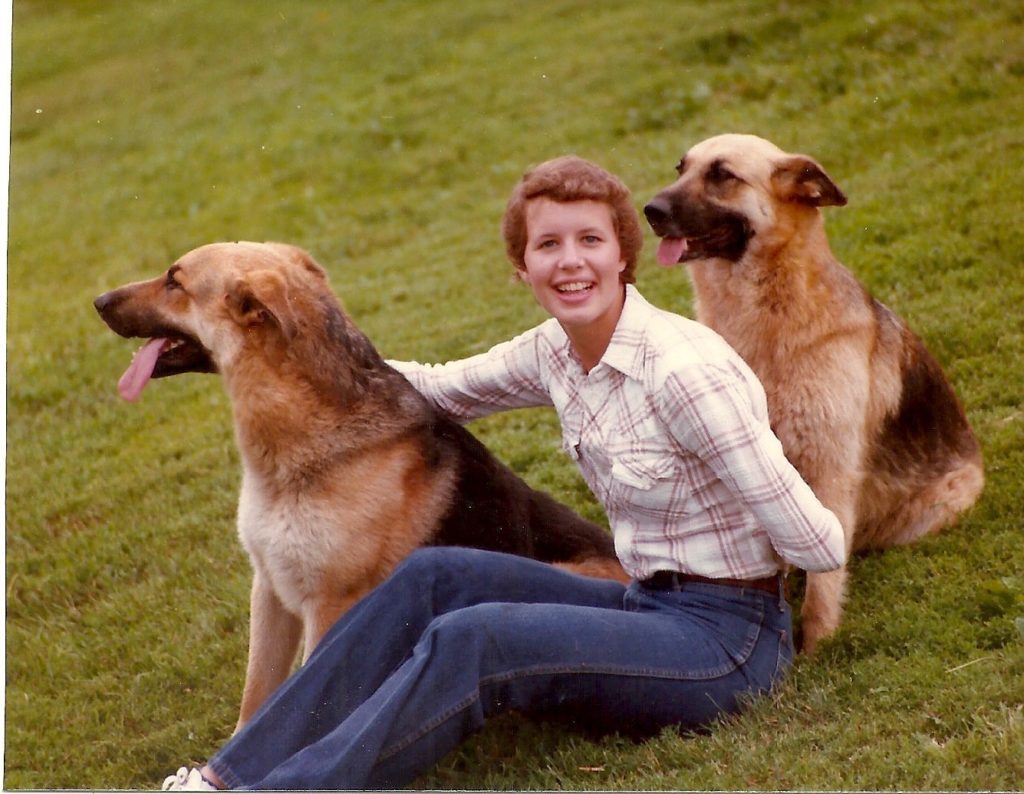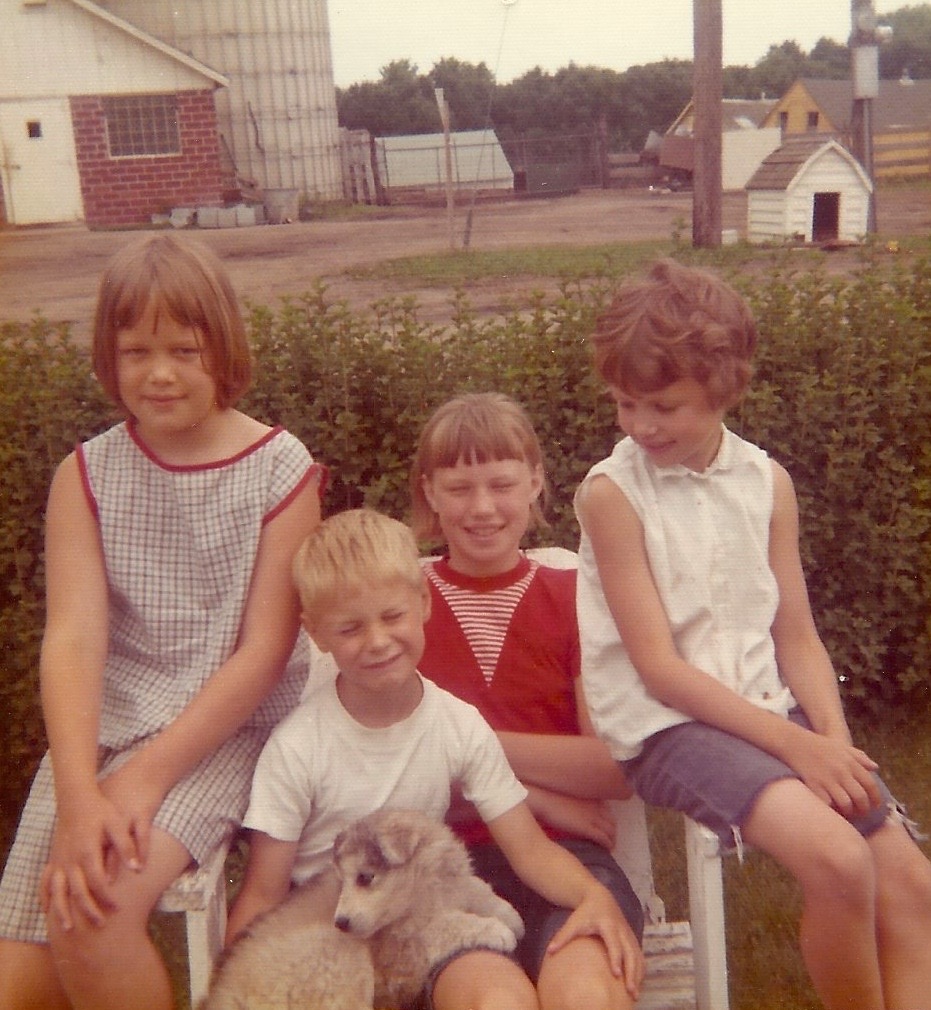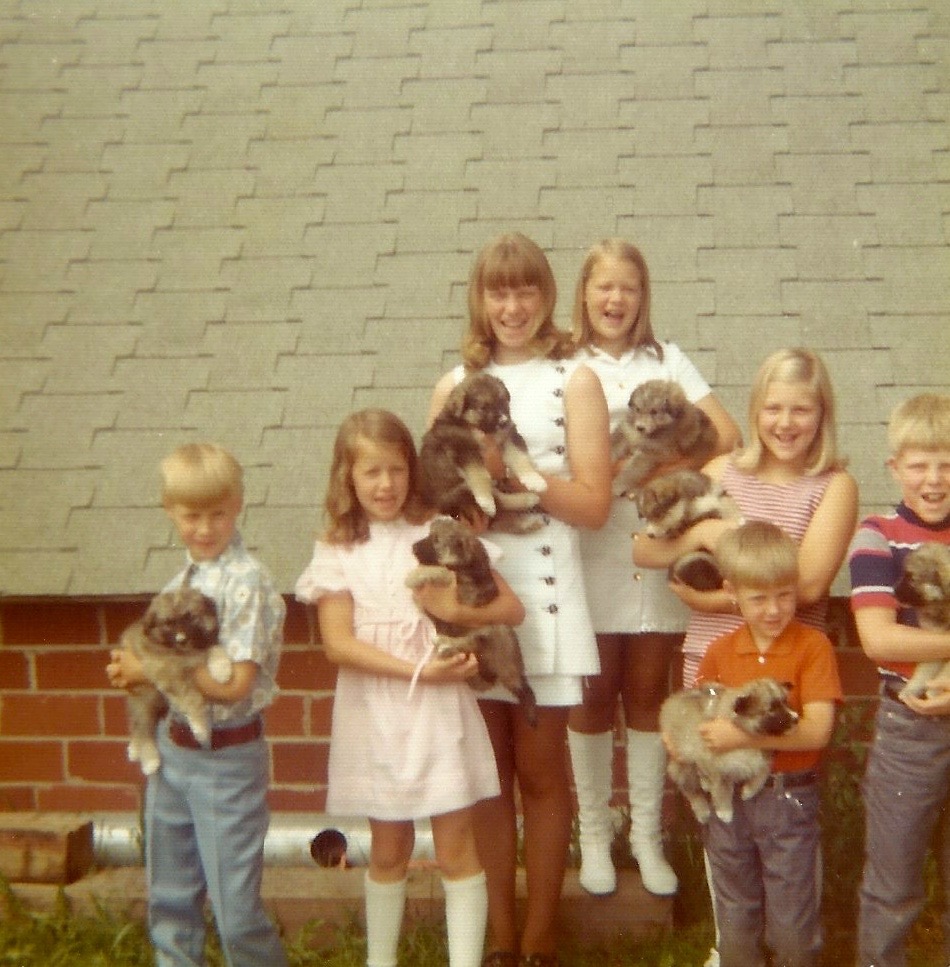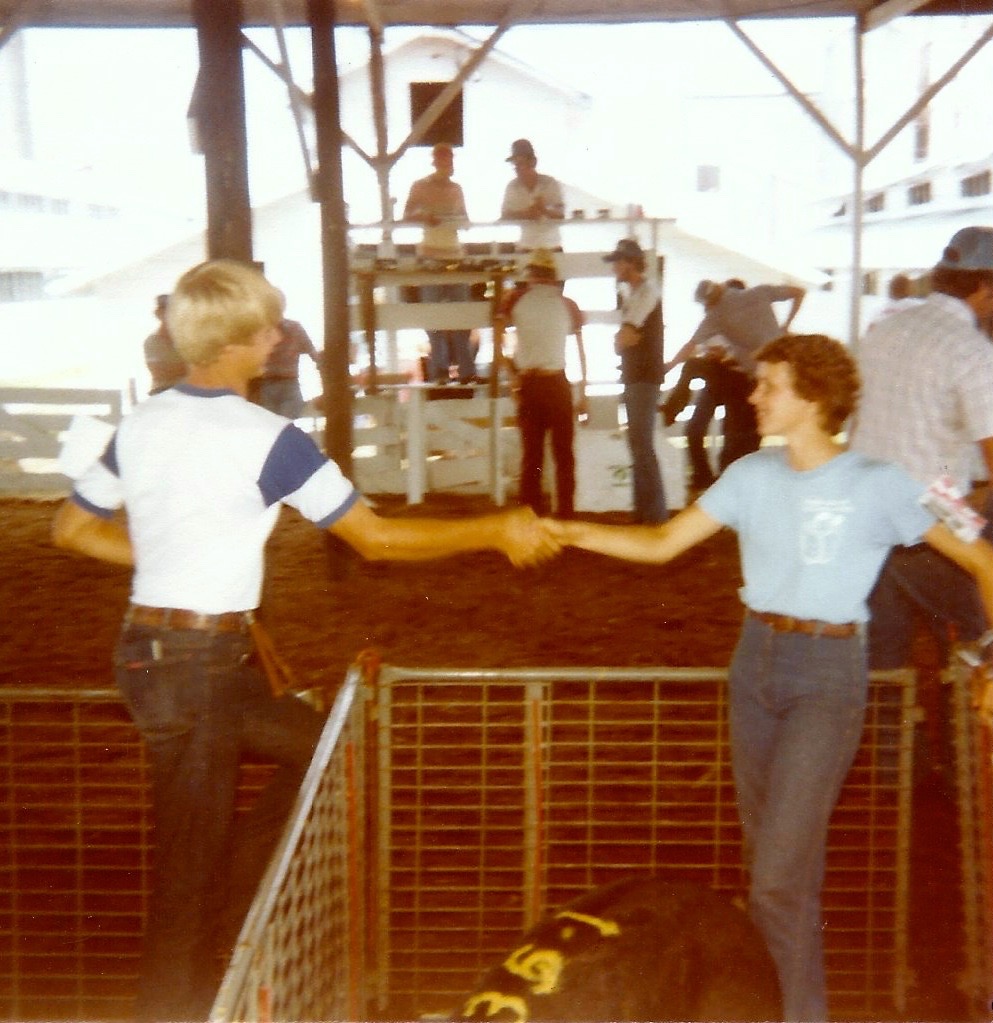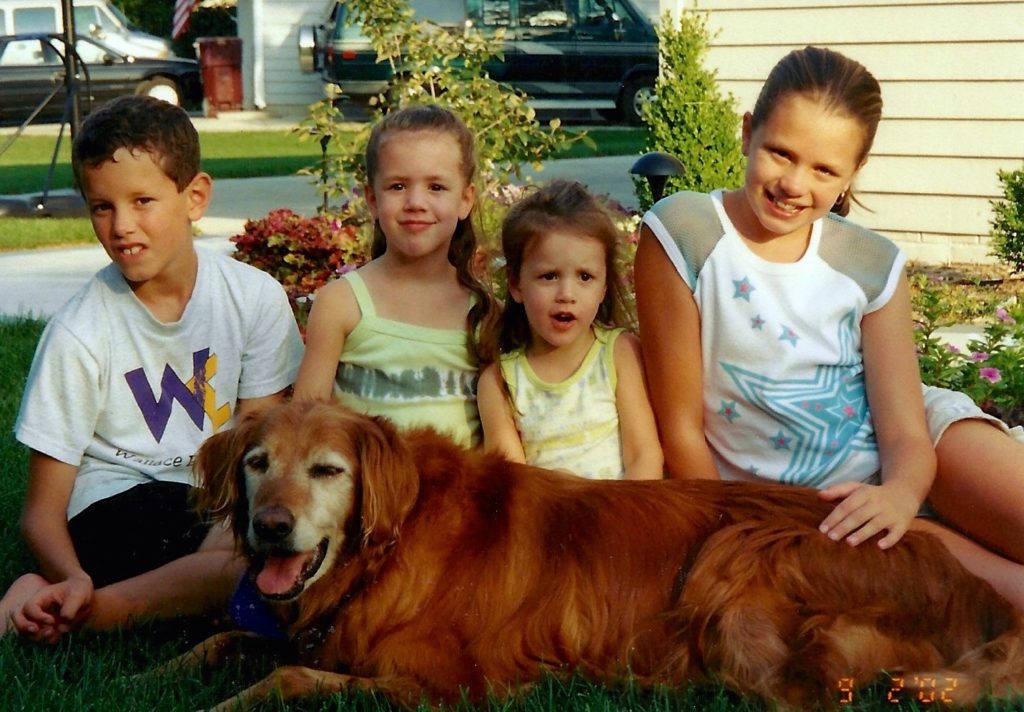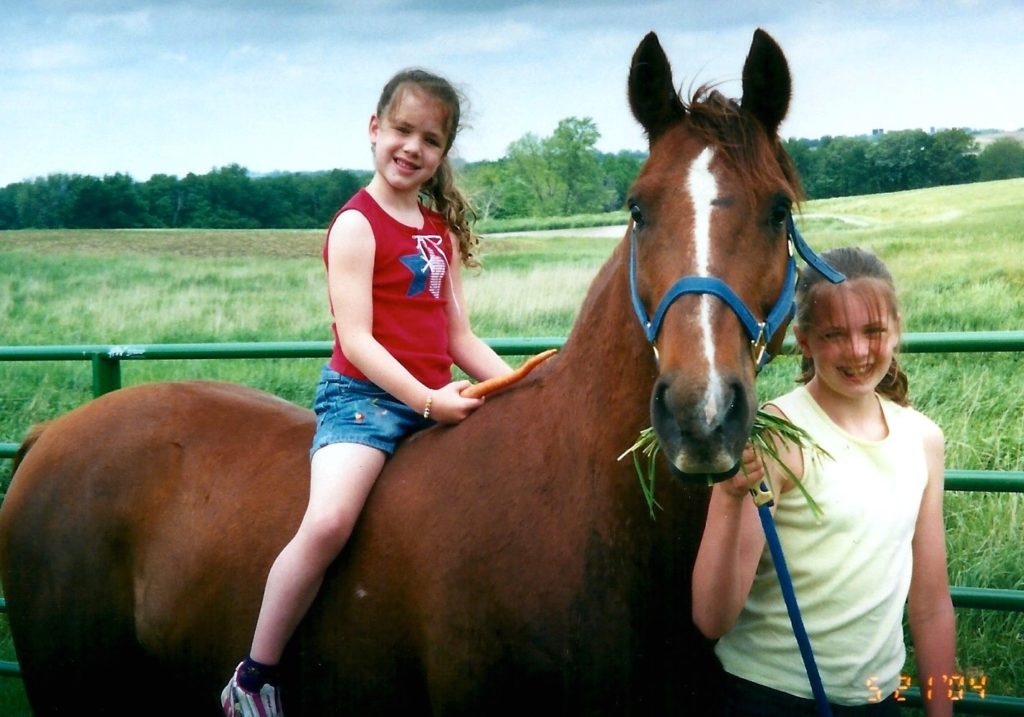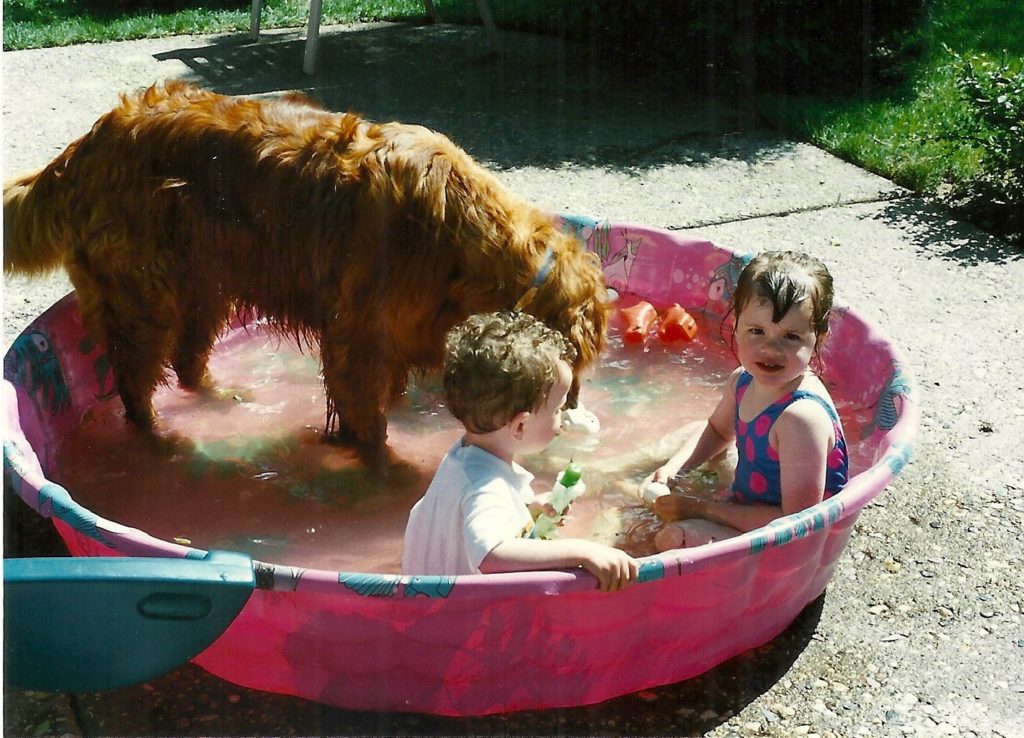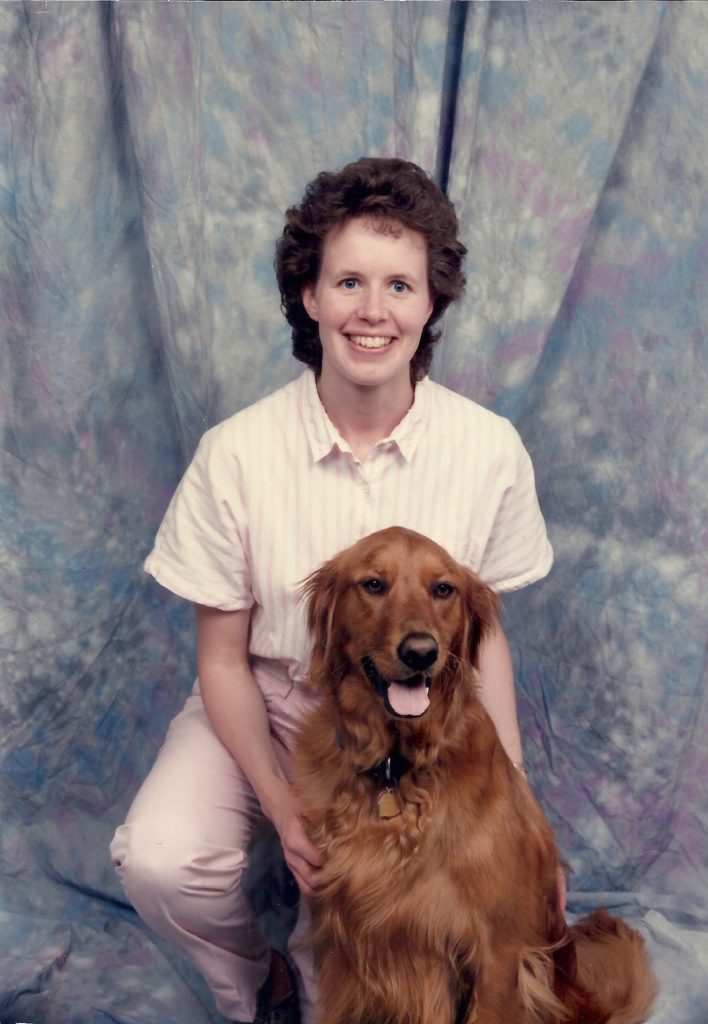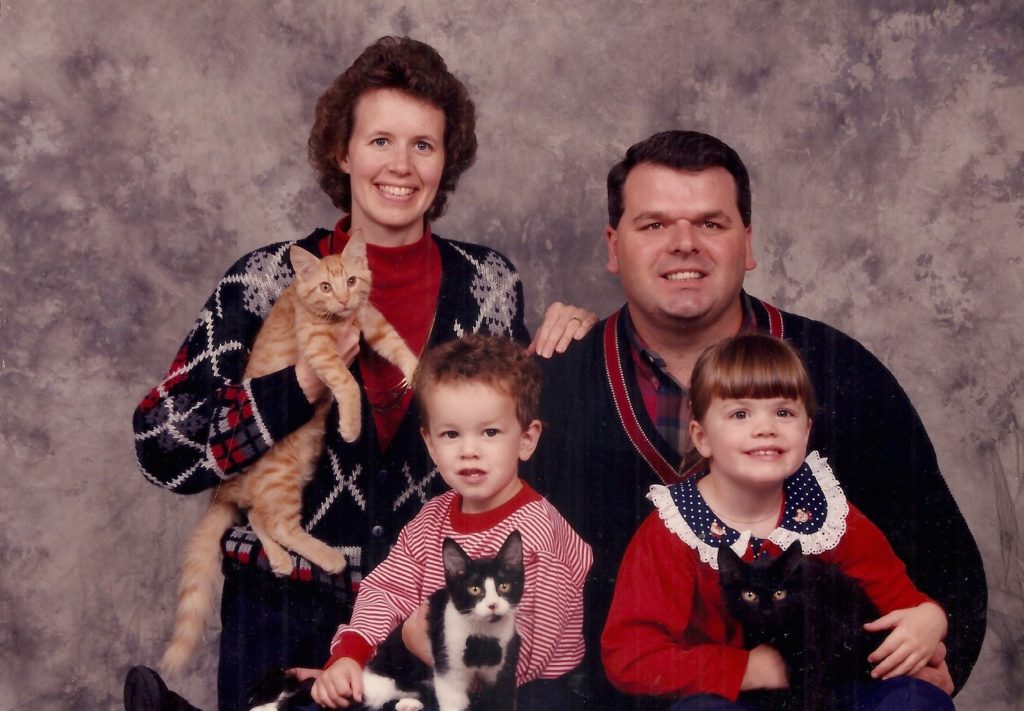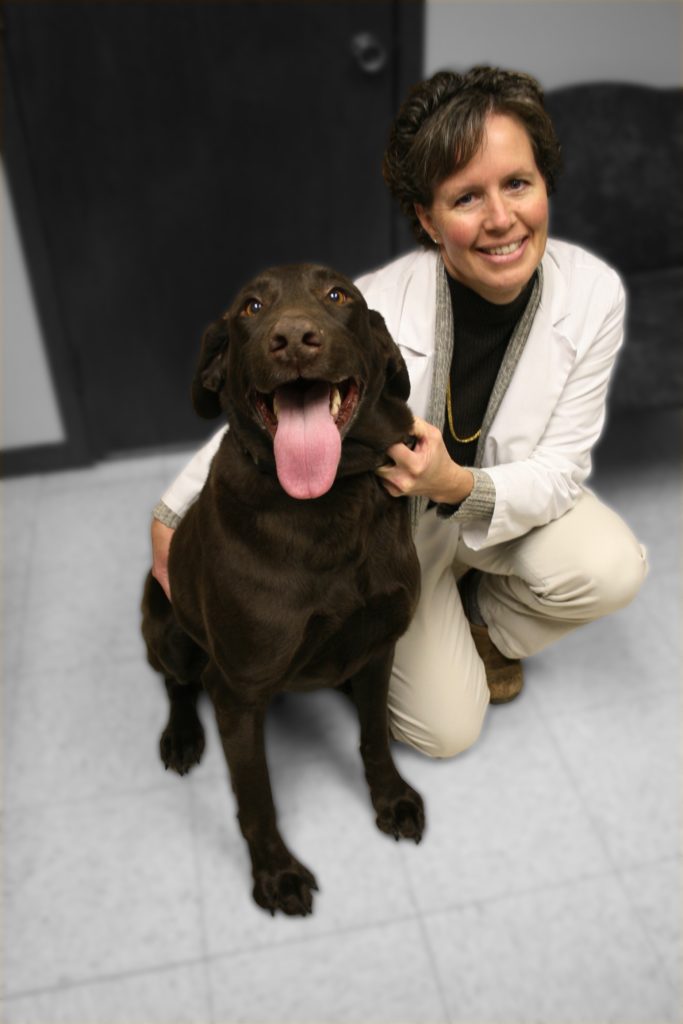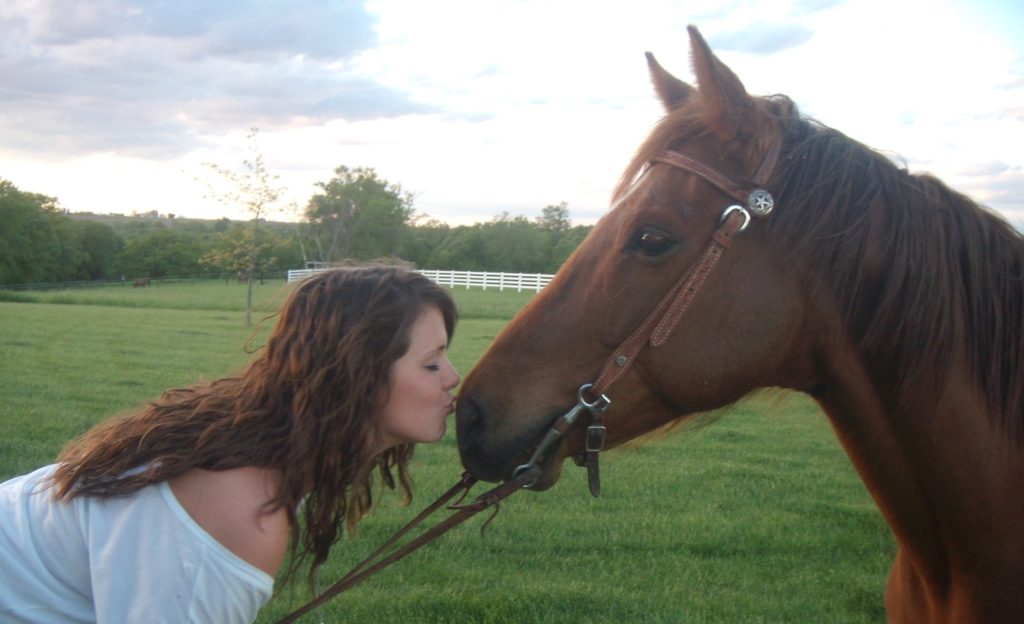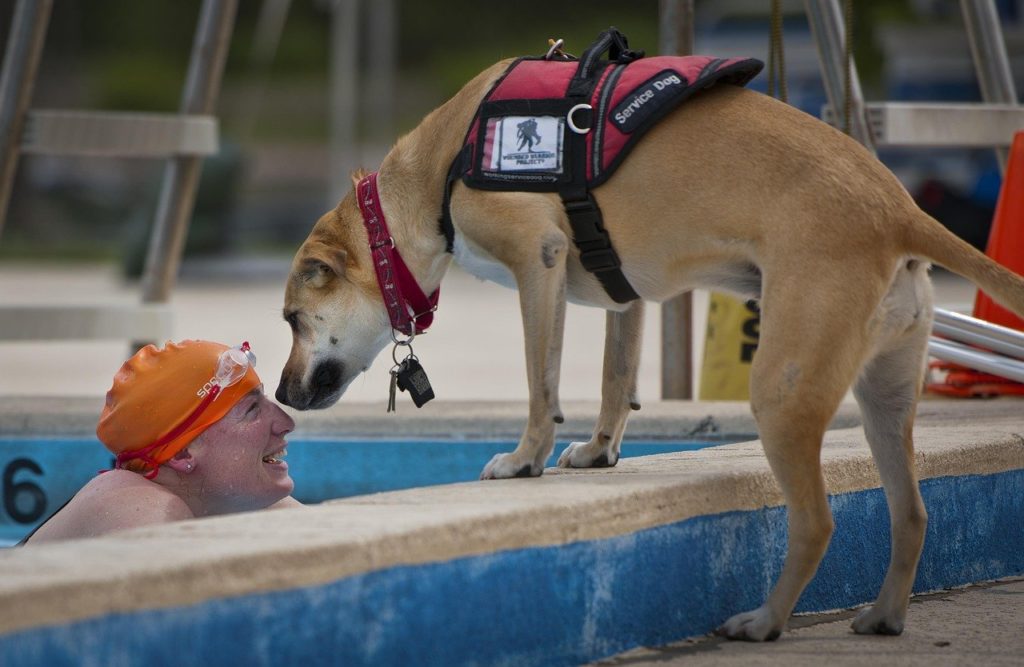Pet Fire Safety Month
In school they have fire drills. Every home is supposed to have a fire escape plan. There is a plan for where to meet once you get out of the house. What windows or doors should be used to get out of the house. Testing fire alarms and changing batteries at least two times a year but what about fire safety and how it relates to your pets. Do you have a plan on how to get your furry friends out of the house if there is a fire?
Recently our client, Bryce Hatten and his faithful companion, Buck, were honored by the Iowa Veterinary Medical Association. In 2019, Buck woke up Bryce as the home was going up in flames. There was enough time to alert the rest of the family and everyone got out safe. The family knows that if it were not for Buck, the outcome may have been very different. Buck was awarded the Hero Award for 2020. He was supposed to be recognized at the ARL Raise Your Paw Event last spring. With the Covid 19 pandemic, the event was cancelled. We are extremely proud of Buck. He did get his medal and plaque that forever reminds the Hatten family that they have a “Hero” among them.
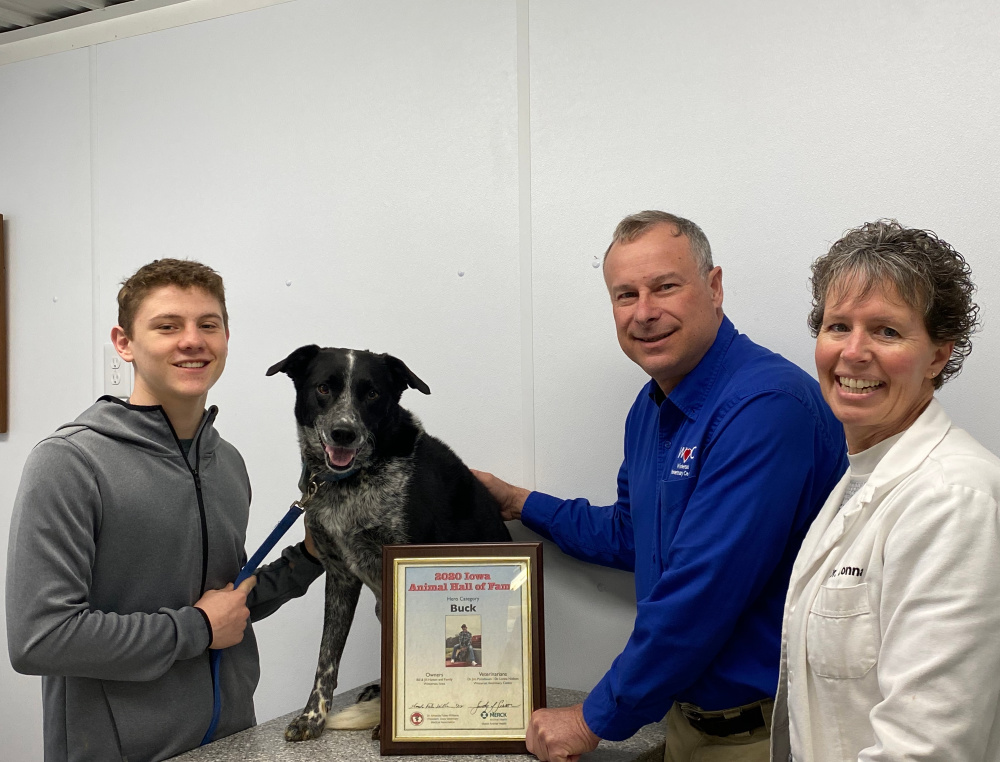
National Pet Fire Safety Day is July 15, 2020. What about a fire safety plan to get your pets out of the home? Do you have a sticker by your entrances to alert the fire department about how many pets you have in the home? These stickers can save your pets lives when Firemen are aware they are indoors. Pet owners can obtain a free fire safety window cling by going online at www.adt.com/pets. Check with your local fire departments as they may have these window clings free of charge as well.
Consider having your pets kenneled close to doors so if there would be a fire they can safely and quickly be removed if you are not home. Keeping puppies kenneled will help reduce the opportunity for a fire as they explore their new home. Puppy proof any areas that your puppy has access to. Over half a million pets are caught in house fires annually. Over 1000 of those fires are accidentally started by the homeowners pets.
Some simple fire prevention tips for families with pets would be to remove kitchen stove knobs. Pets have accidentally turned on the stove when attempting to get something off the appliance. This is the most common event involved in a pet starting a house fire. Do not use a glass bowl of water on a wooden deck for your pet. The sunlight filtered through the glass and water can start the wooden deck on fire. Use stainless steel or ceramic water bowls instead on wooden decks. Consider flameless candles. Watch fireplace flames carefully when you have furry friends in your home. Extinguish all flames before leaving a room when you have pets in your home.
It would be wise to have an escape route planned with your pets in mind. Where are the leashes and harnesses kept? Who is responsible for which pets? What doors or windows can we remove the pets through safely? Shall we wrap our furry friends in a towel or blanket to protect them? Many cats like to hide when they are afraid. Covering their eyes and body may make them more relaxed. If it is winter where shall we seek shelter until the fire department arrives? Speak with your neighbors about potential fires and if the pets would be welcome in their homes. There are families that have severe allergies and may not be able to open up their home to your pets. There are pets that will be aggressive if other pets come into their homes. If you have planned ahead hopefully none of these situations will occur. Have a plan and practice that plan with family members and your pets. It is important to know that you will be able to pass your cat or dog through an open window and not have them fight and run back into the burning home or get lost outdoors.
Preplanning is the way to have the best outcome when it comes to fires. Here’s hoping that all of your fire prevention planning is never put to use. Fires are a devastating experience. Often when listening to a families account of what happened, they always seem to say that we lost everything in the fire but we still have each other and that is all that matters. We think it matters that your pets get out safe as well. Annually 2,620 people die in house fires. Compare that to over 40,000 pets dying in residential fires each year, most from smoke inhalation. Plan a head and save your furry friends lives too.

